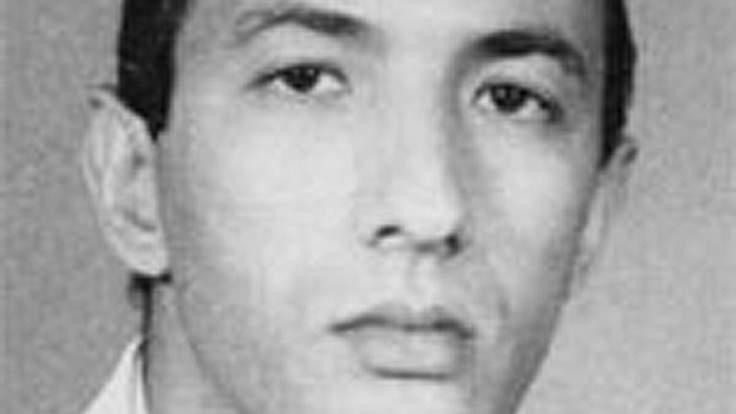Some intelligence agencies warn the five men may travel to Syria and make use of its chaotic landscape to plot attacks elsewhere.
Iran has released five senior al Qaeda operatives from detention and will soon allow them to leave the country, prompting fears they will join other terrorists in Syria planning attacks on the West.
According to intelligence sources, three of the five are members of al Qaeda’s ruling committee the Shura Council.
They were released in exchange for an Iranian diplomat kidnapped in Yemen earlier this year.
The move comes not long after the American-led coalition in Syria bombed and killed several members of an organisation known as the Khorasan Group – an al Qaeda network based in Syria but focusing on planning attacks in the West using operatives with foreign passports.
Among those killed was Mohsin al Fadhli, who had also been based in Iran and was released by Tehran.
Intelligence sources said that while the Shi’a theocracy of Iran and the Sunni extremist group al Qaeda were theoretical enemies, there has been an “understanding” that the two would avoid attacks on one another and focus on battling the “shared threat” of the West.
Among those released in exchange for the Iranian diplomat was Abu al Kheir al Masri – the former head of al Qaeda’s “external relations” committee, who was once seen as a possible replacement for Osama bin Laden at the top of the organisation.
Alongside him was Saif al Adel – considered Number Three in the al Qaeda hierarchy, according to an intelligence report seen by Sky News.
The report said: “In the past, he headed up the organisation’s military and security committees and served for years as its leading strategist.
“He took part in terror attacks against the US embassies in Kenya and Tanzania in 1998 and the kidnapping of Wall Street Journal reporter Daniel Pearl in Pakistan in 2002, who was later killed by his captors.”
It continued: “Al Adel began his career in the Egyptian military, before serving as an officer. He then turned to terror and played a role in the assassination of former Egyptian president Anwar Sadat in 1981.”
The third most senior member of al Qaeda, who was detained in Iran but recently released, is Abu Muhammad al Masri – a member of the movement’s military wing.
The report says he too was “involved in the terror attacks in Kenya and Tanzania in 1998, as well as 9/11 and subsequent attacks against British and ‘Zionist’ targets”.
“The Iranians have also released two lesser known, though no less dangerous, operatives, both of Jordanian descent: Khaled El-Arouri (also known as Abou El-Kasam) and Sari Shihab. El-Arouri served as the deputy commander of al-Qaeda in Iraq (AQI), under the leadership of Abu Musab al-Zarqawi until he was killed in 2006, and El-Arouri has been personally involved in countless terror attacks.”
The five, intelligence sources said, were believed to be still in Iran but there are fears that they will be allowed to leave – probably to refill positions inside al Qaeda’s leadership structure that has been mauled by drone attacks in Pakistan, Afghanistan, Yemen, Syria and Somalia.
Some intelligence agencies believe they may be able to travel to Syria, where they could make use of the ungoverned and chaotic landscape to plot attacks outside the country – having agreed not to turn their guns on the regime of Bashar al Assad, which is backed by Tehran.
An intelligence report said: “As far as Western intelligence organisations are concerned, the release by Iran of senior al Qaeda commanders and operatives represents a significant threat. These are dangerous and experienced operatives with a proven track record in executing deadly terror attacks.”

